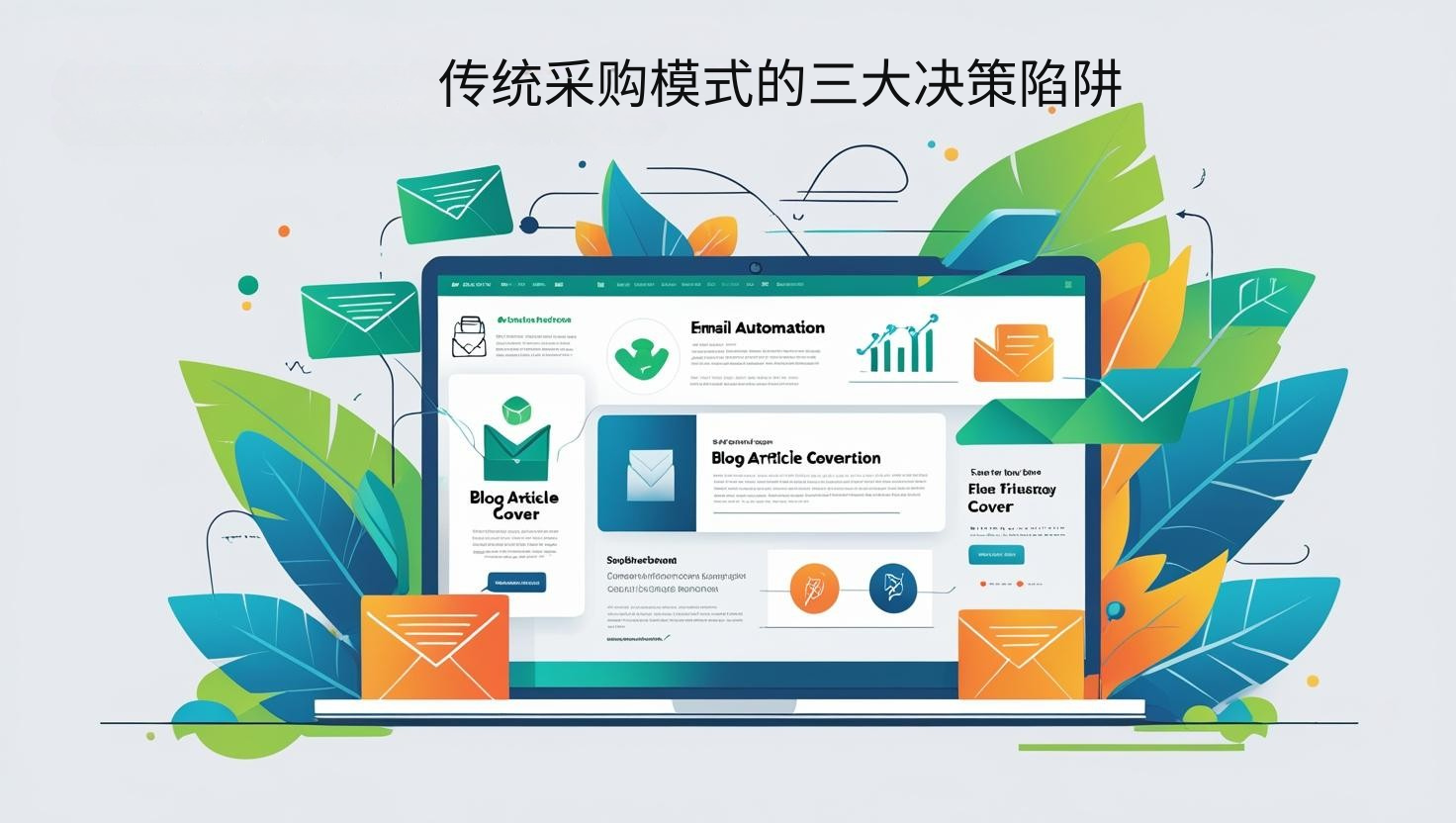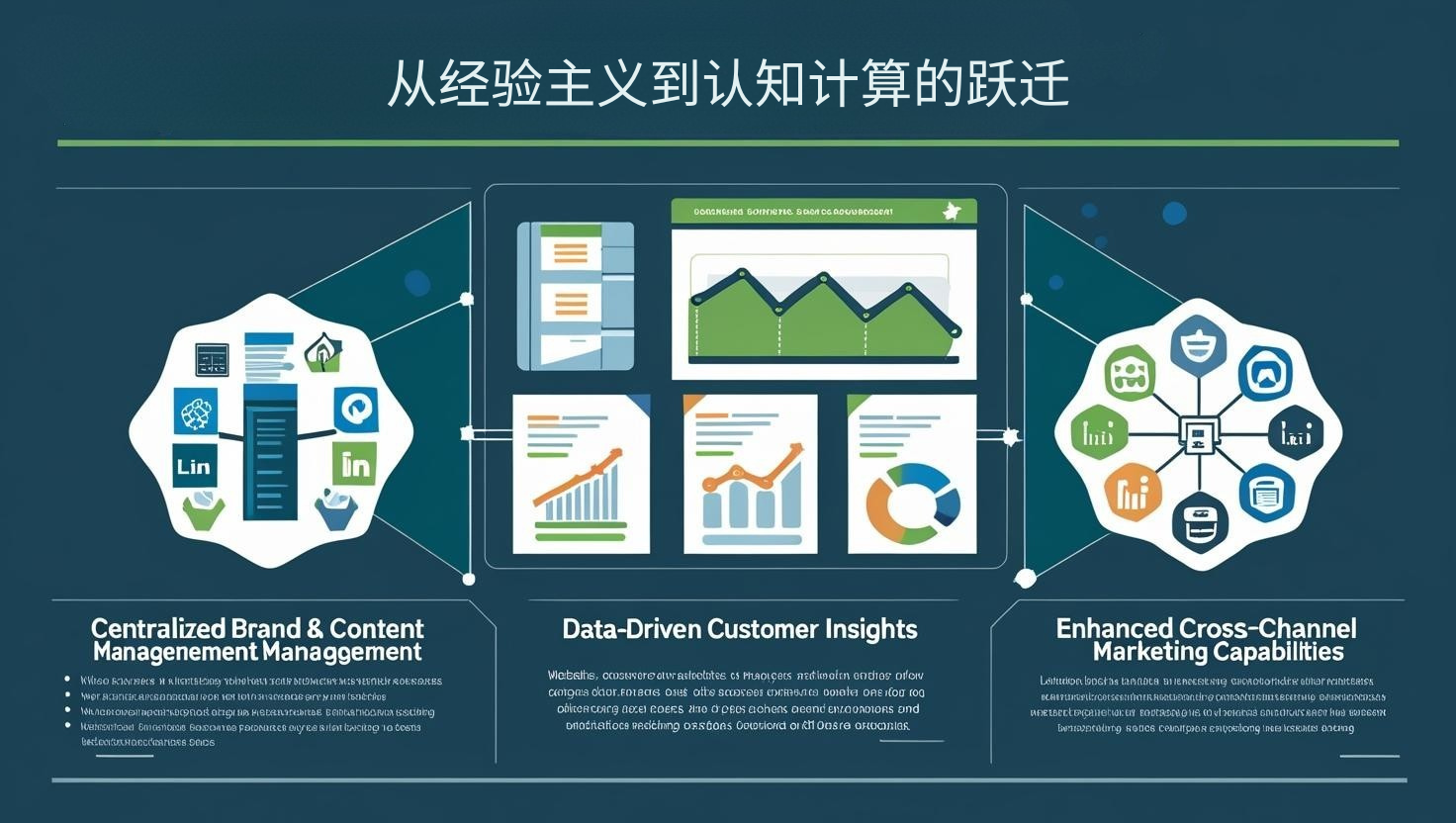McKinsey's "2025 Global Sourcing Trends Report" indicates that cross-border e-commerce companies adopting GEO optimization technology have improved their procurement accuracy to 92% and achieved inventory turnover rates 3.1 times higher than the industry average. Data from a survey by the China Council for the Promotion of International Trade shows that foreign trade companies deploying intelligent procurement systems have increased supplier matching efficiency by 280% and reduced procurement costs by 18%. Research by the Global Supply Chain Association (GSCA) confirms that the algorithmic advantages of GEO optimization in demand forecasting, risk assessment, and logistics optimization are reshaping the procurement decision-making paradigm of cross-border e-commerce. This transformation is not simply about data visualization, but a decision-making system that deeply integrates regional economies, cultural preferences, and supply chain networks through spatial computing. Its core value lies in achieving "procuring the most suitable goods in the right place, under optimal conditions."
 Three major decision-making pitfalls in traditional procurement models
Three major decision-making pitfalls in traditional procurement models
Traditional procurement methods face systemic risks in globalized supply chains. Deloitte's "Cross-border Procurement Cost Audit" reveals: regional perception bias leads to a 35% procurement premium (a case study of a home appliance brand), insufficient logistics assessment causes 28% hidden costs (manufacturing data), and static decision-making models are delayed in responding to market changes by up to 42 days (retail industry monitoring). The World Bank's Trade Facilitation Report shows that procurement systems without GEO optimization have a supplier misselection rate as high as 47%. A clothing company, through spatial demand analysis, discovered that the demand for "lightweight and breathable" fabrics in the Southeast Asian market was underestimated by 60%, and sales increased by 250% after adjusting its procurement strategy. More serious is the lack of supply chain resilience—an electronics brand lost $8 million due to a single procurement channel during regional conflicts. The breakthrough of GEO optimization lies in establishing a three-dimensional decision-making model of "market-supply-logistics," simultaneously optimizing the three objectives of quality, cost, and stability through real-time correlation analysis of over 400 regional variables.
The Four Technological Pillars of Intelligent Procurement Systems
The modern GEO procurement engine is a culmination of supply chain technologies. The "Spatial Decision Hub" developed by the MIT Supply Chain Lab includes core modules: a demand heatmap (predicting consumption trends in 200+ regions), a supplier map (evaluating multi-dimensional indicators of 5000+ enterprises), a risk warning radar (monitoring 30 types of factors such as politics, exchange rates, and climate), and a dynamic cost model (calculating real-time total cost of ownership). Verification data from the Global Procurement Technology Association (GPTA) shows that this system improves overall procurement efficiency by 600%. After applying 3D optimization, a maternal and infant brand shortened its raw material procurement cycle in Europe from 45 days to 18 days. A key technological breakthrough lies in the "Supply Chain Resilience Index"—a predictive model built through machine learning of historical disruption events, enabling an automotive company to increase its response speed to sudden risks by 5 times compared to the industry average. Even more forward-looking is "Culturally Adaptive Procurement," which automatically adjusts product specifications by analyzing regional aesthetic preferences, enabling a furniture company to achieve a 91% regional acceptance rate for its new products.
 The Leap from Empiricism to Cognitive Computing
The Leap from Empiricism to Cognitive Computing
The fundamental difference between traditional procurement and intelligent systems lies in the decision-making dimension. Harvard Business School's "Procurement Maturity Model" points out that GEO optimization elevates practices from L1 (manual price comparison) to L4 (autonomous optimization): spatial insight layer (identifying regional procurement advantages), real-time perception layer (absorbing dynamic market data), strategy generation layer (outputting the optimal combination of solutions), and self-learning layer (continuously improving decision-making logic). Case studies from the Global Trade Digitalization Alliance (GTDA) show that at the L4 stage, the quality of corporate procurement decisions improves by 75%. A chemical company built a "molecular-weight procurement brain," saving $12 million annually by analyzing global raw material price fluctuations. The core of this evolution is the "neural procurement network"—simulating the multi-dimensional trade-off logic of top procurement experts—which enabled a luxury goods group to improve supplier evaluation efficiency tenfold. Even more revolutionary is "cross-border value arbitrage," which dynamically adjusts procurement strategies based on regional cost differences, allowing a machinery manufacturer to reduce core component procurement costs by 22%.
A continuously evolving global sourcing network
A hallmark of top-tier systems is the formation of data-enhanced loops. The UNCTAD Digital Supply Chain Report indicates that each round of GEO optimization can improve the agility of the procurement network by 25%. A multinational retail group's "Procurement Metaverse" uses digital twin technology to simulate supply chain disruption scenarios in different regions, preparing 87 contingency plans. A key breakthrough is "environmentally intelligent procurement"—by monitoring the real-time conditions at production sites through IoT devices, a fresh food e-commerce company reduced raw material quality issues by 68%. These technologies collectively construct a predictive global procurement nervous system, enabling companies to adapt to supply chain changes as easily as they adapt to the natural environment.
Pinshop Solutions : We offer a complete decision-making technology stack: ✅ GEO Demand Forecasting Platform ✅ Intelligent Supplier Matching System ✅ Risk Hedging Workbench ✅ Total Cost Optimization Engine
Visit the Pinshop website now
Recommended article: Multilingual Independent Website Strategy: Balancing Localization and Internationalization 






